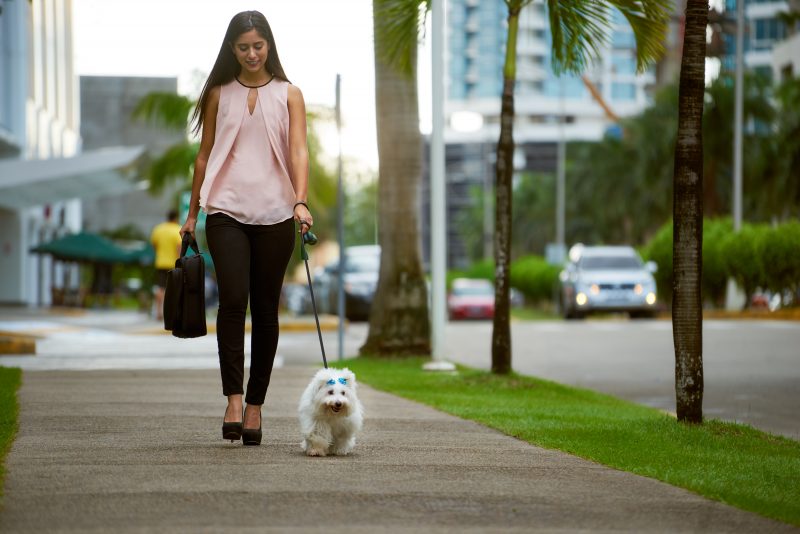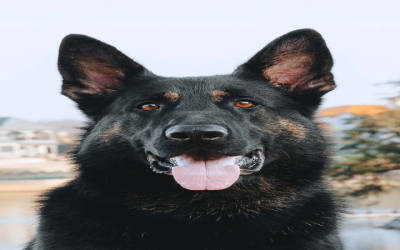Marine wiring can be a tricky proposition. Whether it’s a home project or you work servicing boats and performing repairs, it’s important to understand the basics in order to stay as safe as possible at all times. For example, is 10 AWG marine primary wire the right choice, or can you use something smaller for the application? Here are some safety tips to keep you and your employees safe and sound as you go about your duties.
Use Only High Quality Wiring
No matter what type of project you are working on, always use the best possible wiring. It may cost more, but you can’t put a price on personal safety. Here are some ways to tell quality wiring from mediocre:
-
Tinned copper conductors – Copper is one of the best conductors you can buy. Copper can be made much more resilient by adding a thin coat of tin, as it greatly increases the copper’s resistance to corrosion. This is extremely important in marine applications because of the corrosiveness of the saltwater and sea air.
-
Marine rated wiring – Be certain all cables you use are rated for marine applications. Using the wrong wire for the job can end in disaster.
-
UL approved wiring – The best products have been tested and approved by Underwriter’s Laboratory. Because of this, if you see 10 AWG marine primary wire with no UL markings it’s best to avoid the product.
-
Gasoline, oil, and moisture resistance – These contaminants are common in many marine applications.
-
Low and high temperature ratings – some of the best cables have a 20C/105C rating.
Seal Your Connections
When you make connections, it’s best to go with a crimped connection. Some people like to use solder and tinned copper conductors will make the solder adhere better. However, shaking and vibrating over a period of time can weaken some solder connections, making crimping the preferred method in this application.
After crimping, make sure your connections are properly sealed from moisture and salt. Use adhesive heat shrink tubing, as this is a good way to form a strong seal. Butt type crimp connections make it easy to install heat shrink tubing.
When in Doubt, Go Big
Are you not sure what size cable to use? Maybe your application could use either 10 AWG marine primary wire or 12 AWG. If you are not sure which to choose, go with the larger conductor (#10). A larger cable has greater ampacity and provides greater safety. Larger cables are also less sensitive to heat and are stronger and sturdier than smaller cables.


